While Nokia was, hands down, the most prolific smartphone brand of the 2000s, a multitude of other brands, including Sony Ericsson, HTC, and Samsung, also released a number of fantastic smartphones across the decade. Here are my favorite 10.
1
Siemens SX1
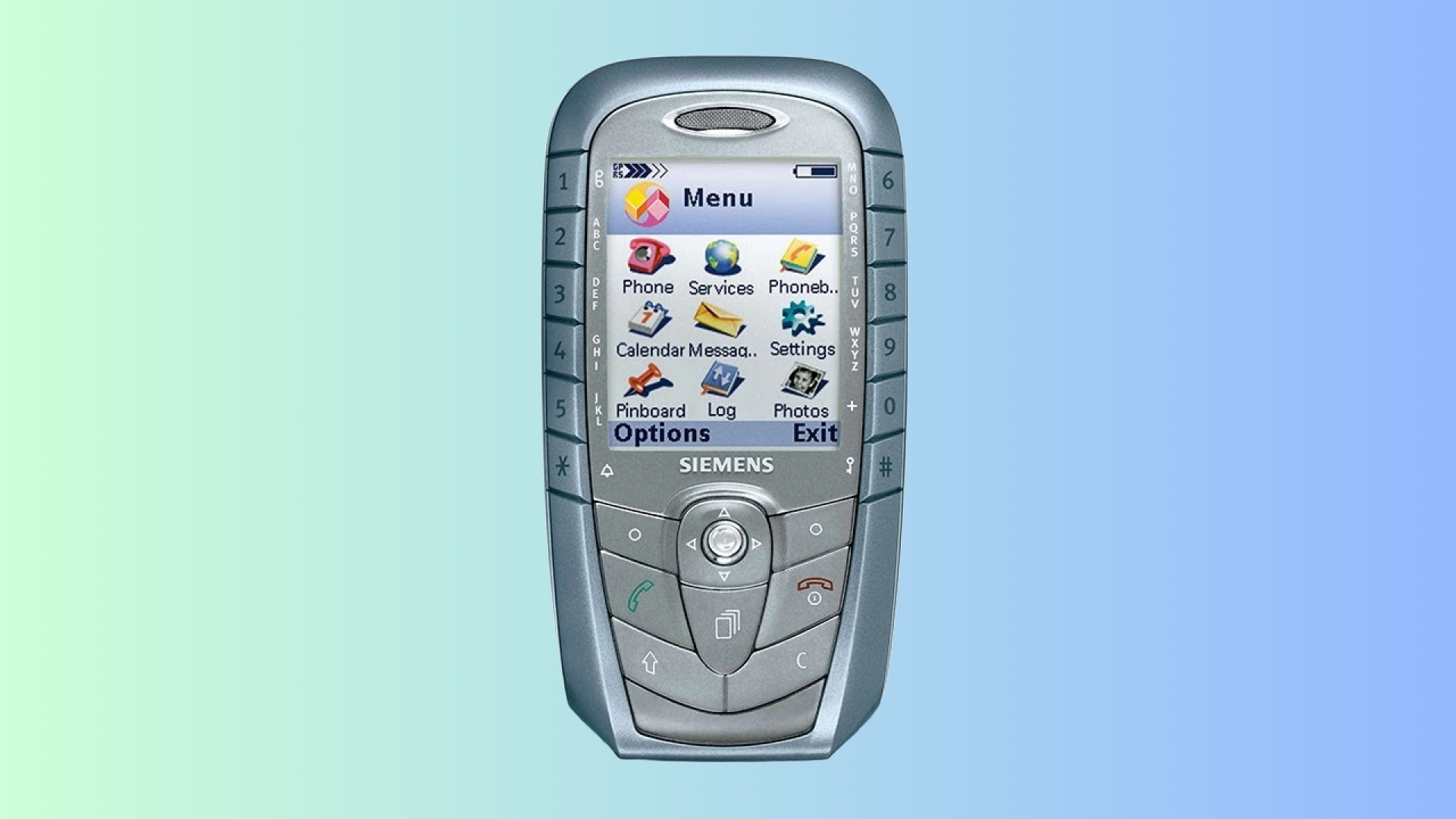
Siemens phones were quite popular in Europe during my teen years, with the SX1 being the company’s sole foray into smartphones. Personally, the SX1 was the most coveted smartphone of them all back when I first developed an interest in smartphones and PDAs.
I had the chance to use it only once for about half an hour in 2004, during my first year of high school, and oh boy, was the SX1 impressive. The daring design really was something else, matching Nokia’s boldest-looking phones, and the AR game called Mozzies that came preinstalled on it blew my 15-year-old mind.
It’s been over two decades since I last saw it in person, but the Siemens SX1 remains one of my favorite smartphones of the decade.
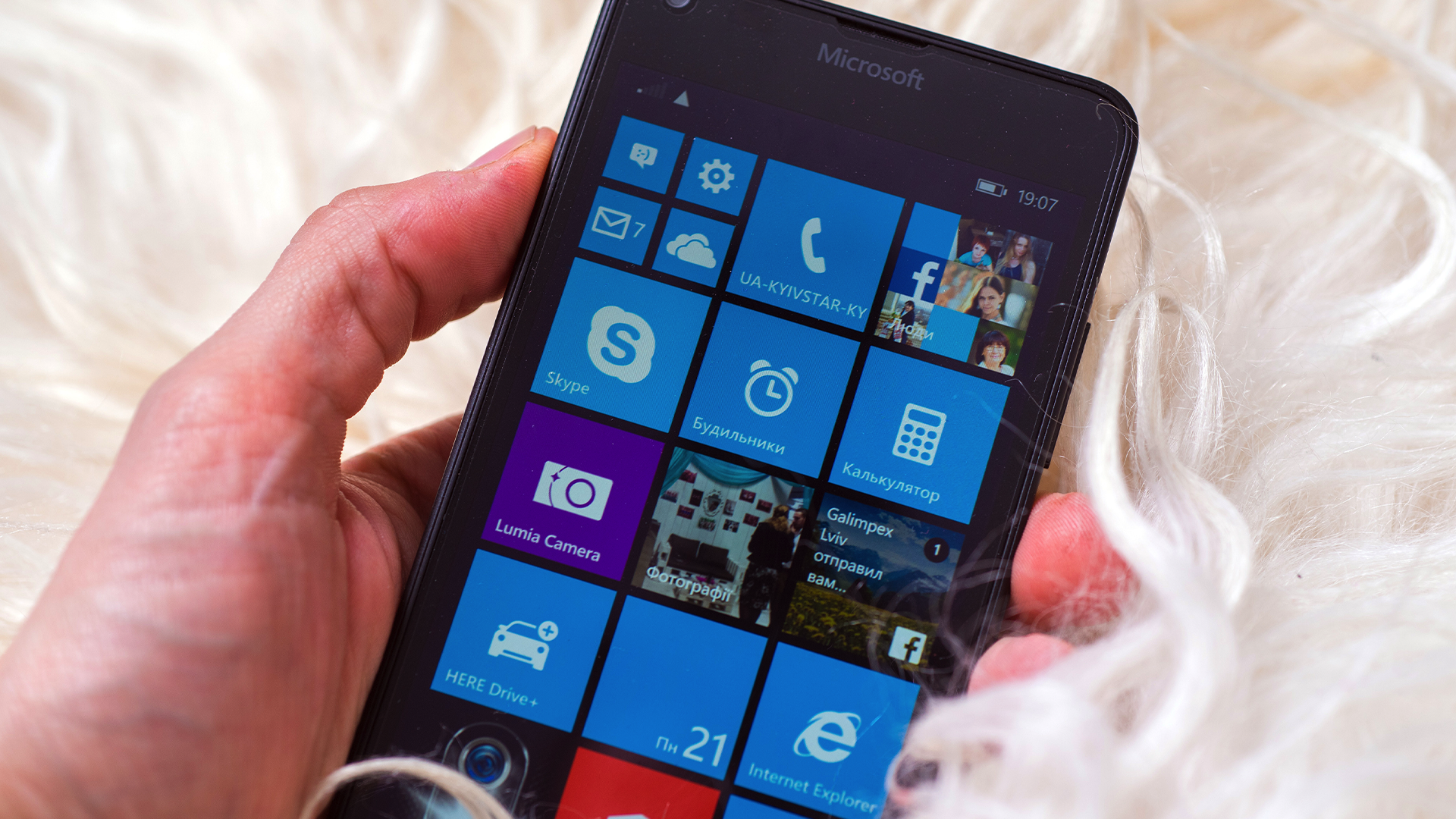
Related
Every Smartphone I’ve Ever Owned, Ranked
Ten smartphones over the span of two decades, with Android taking the lion’s share.
2
Sony Ericsson W950
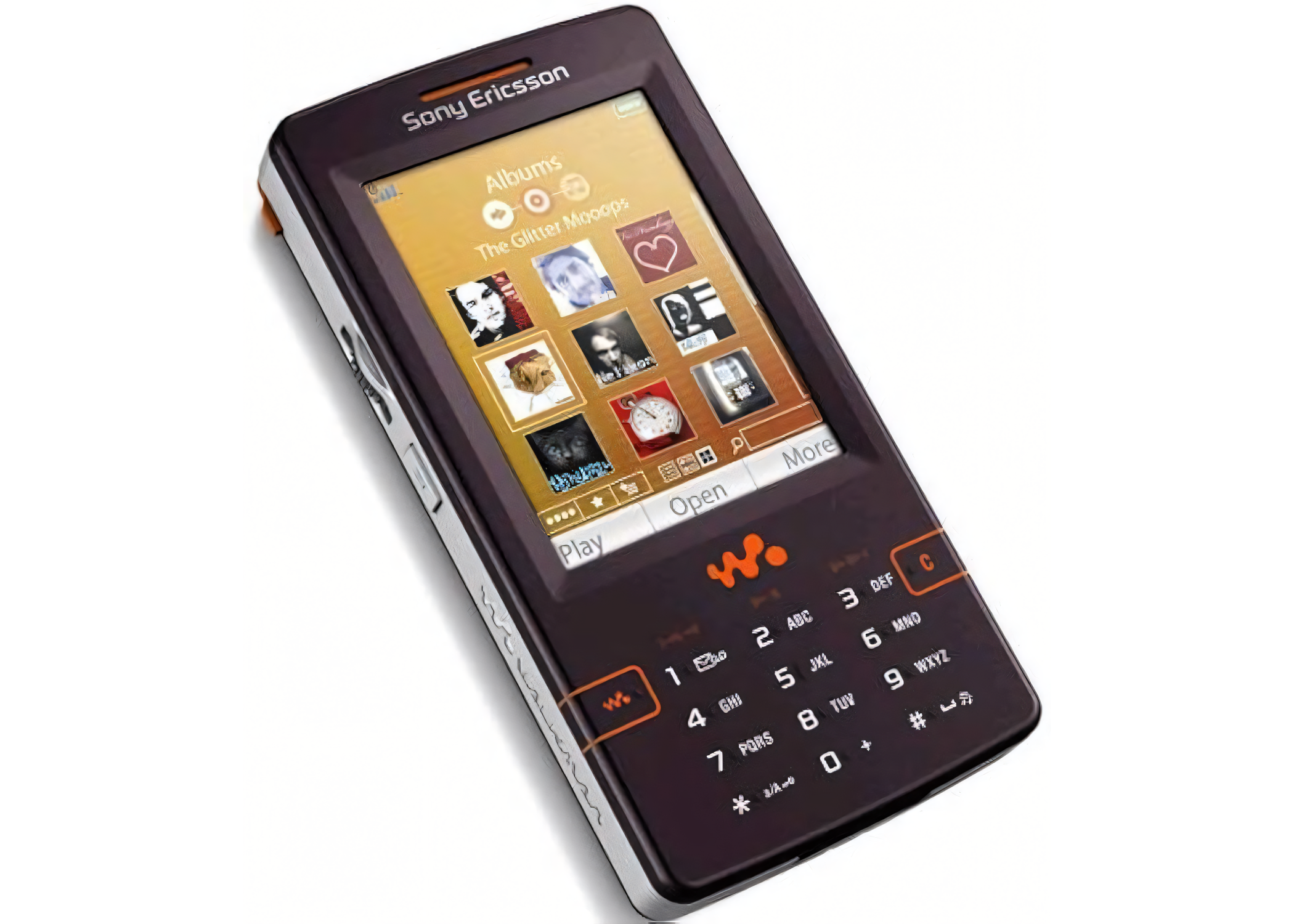
The Sony Ericsson W950 was a music powerhouse released under Sony’s Walkman branding. During the two years of owning it, it never ceased to amaze me.
While 4GB wasn’t a lot of storage for a phone in 2008, considering the 16GB iPhone had been released a year earlier, 18-year-old me was nothing short of impressed by the fact that I could have more than 1,000 songs on my phone! Good times…
The phone’s interface was optimized for the Walkman app and music reproduction. You had a dedicated button on the left side that opened the Walkman player, and the phone also had multimedia buttons at the front, matching the fantastic music-listening experience offered by Nokia’s XpressMusic handsets.
While the UIQ version of the Symbian operating system didn’t have as rich a collection of apps and games as Nokia’s S60 phones, I did manage to find a couple of cool tools that improved the overall experience of using the phone. The only thing I didn’t like about it was its tiny stylus, which I lost after about a year. But thanks to the jog dial and a dedicated back button, navigating the UI was a breeze even without it.
3
Sony Ericsson P800
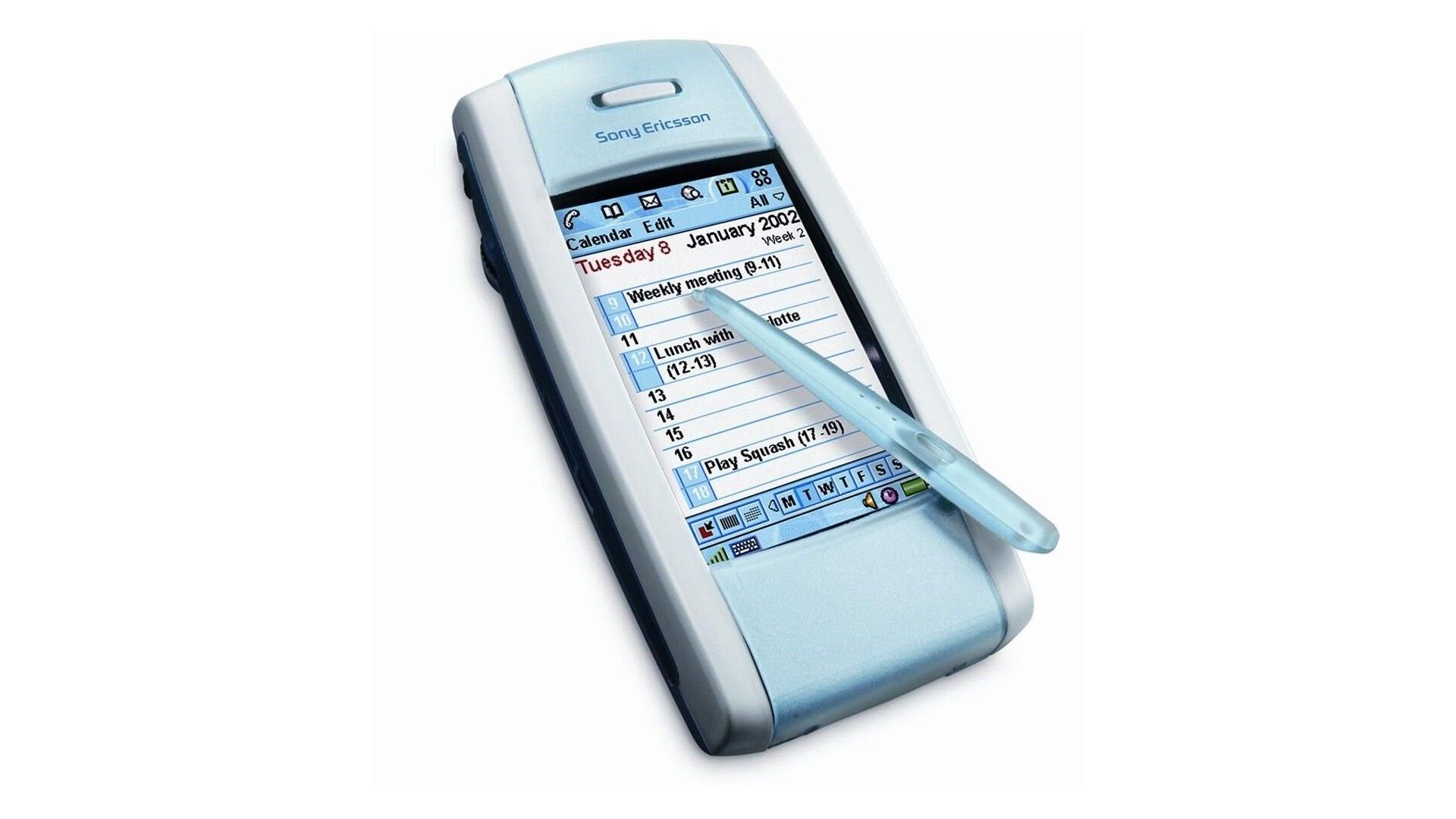
While the Siemens SX1 was my most coveted smartphone back in the day, the Sony Ericsson P800 was the device that kick-started my smartphone obsession. The thing looked like a spaceship when I saw it in a TV commercial while I was still in elementary school.
Flipping its keyboard would reveal a massive (for the time) 2.9-inch touch screen that featured the stylus-optimized Symbian UIQ interface. You could even remove the keyboard and use the phone as a compact PDA, a mind-blowing feature back in 2002.
4
Sony Ericsson P910
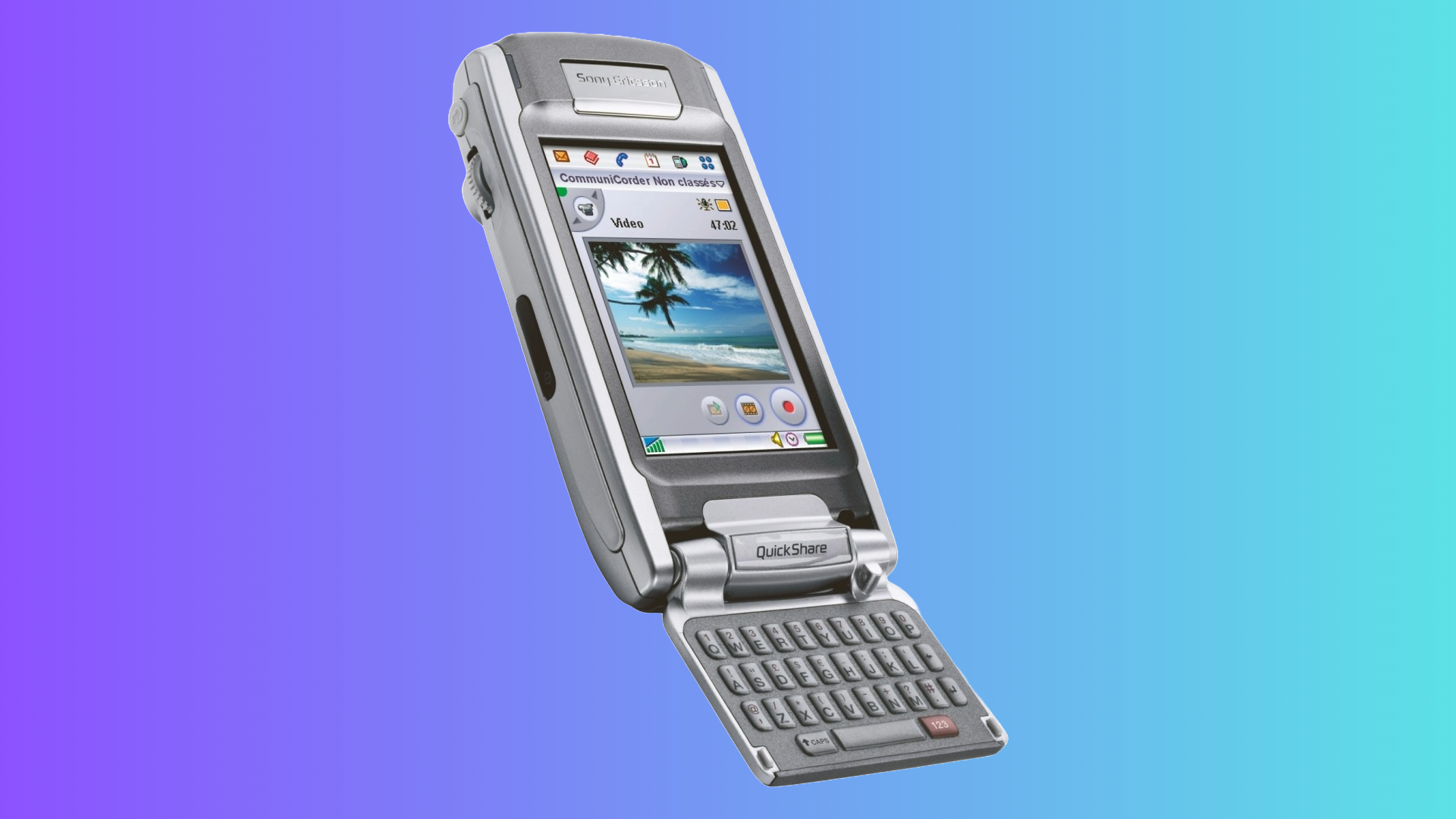
The Sony Ericsson P910 is an evolution of the Sony Ericsson P800 and P900, providing improvements in most areas. The UI was refined, the hardware was more powerful, and the removable flip keyboard features a full QWERTY layout, making it easier to type messages and long emails than on previous models.
The collection of upgrades finally made the P series a proper rival to Nokia’s Communicator devices and Windows Mobile smartphones and PDAs. Its tiny size made typing long texts challenging, but once you mastered it, the keyboard provided a surprisingly decent typing experience.
The P910 was a proper Swiss army knife of the early smartphone era. It had everything one needed to live an always-online life.
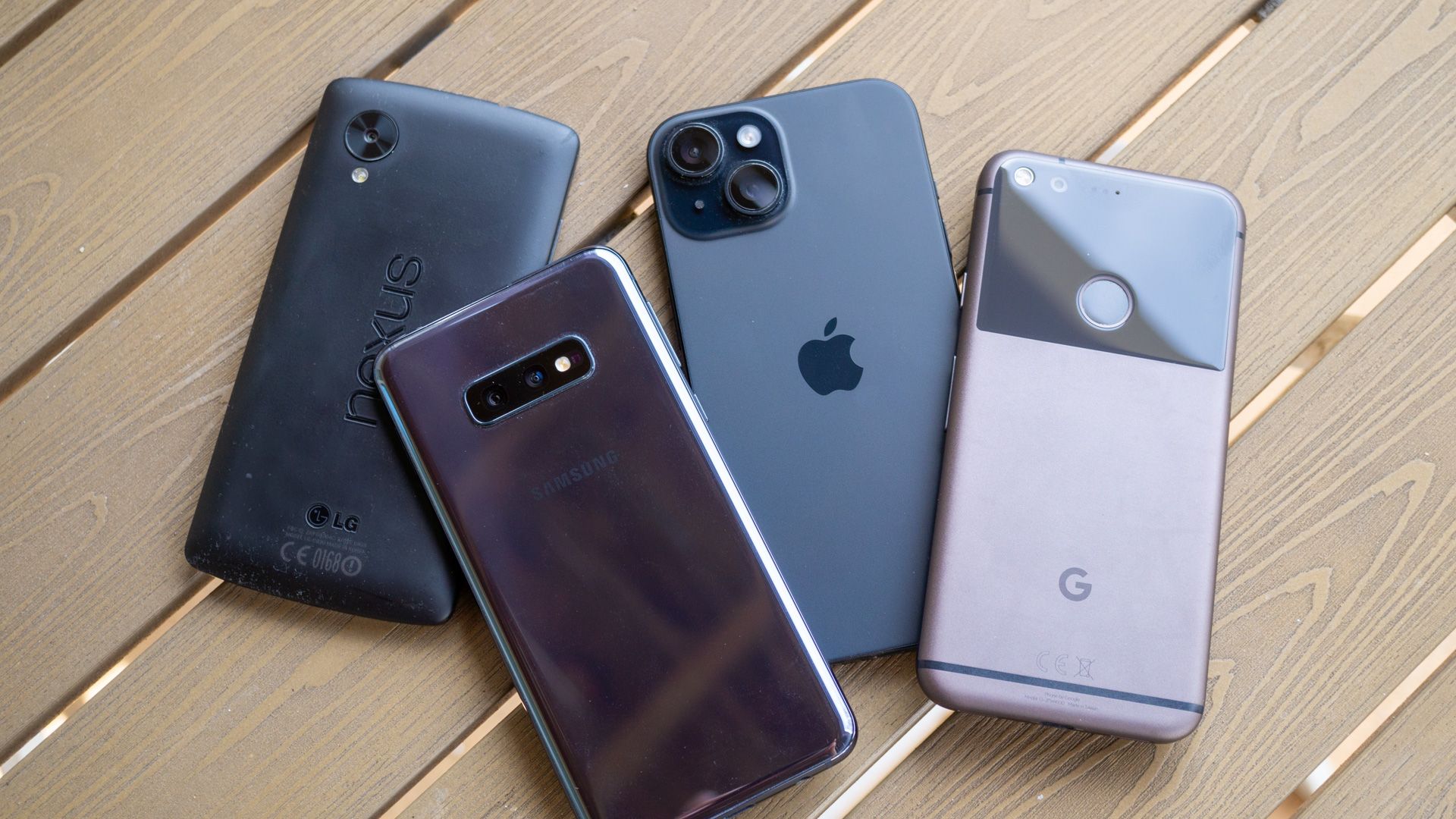
Related
The 5 Best Phones I’ve Ever Owned, Ranked
I’ve used a lot of phones.
5
Samsung i8910 HD (Omnia HD)
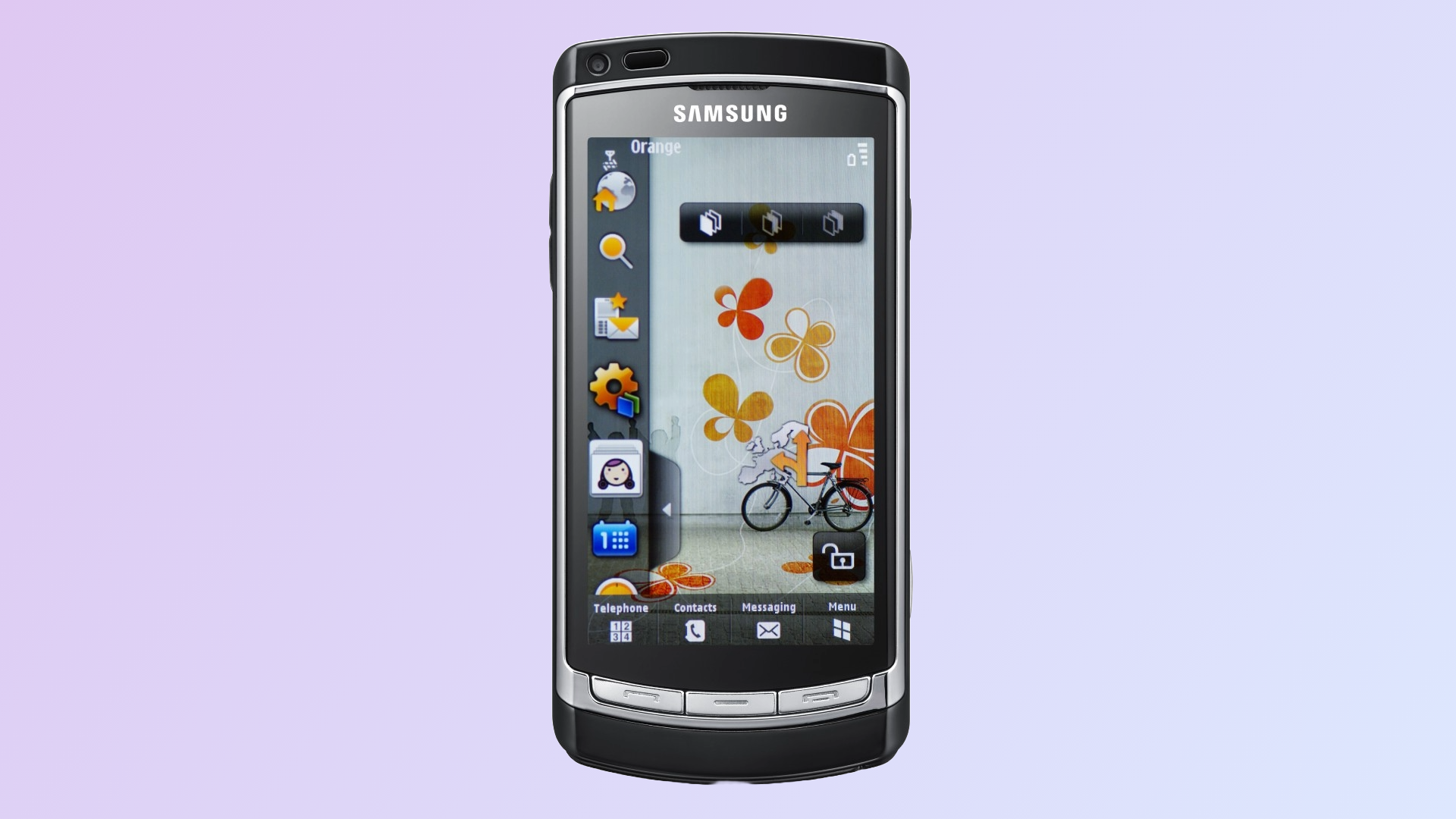
I didn’t really dig Samsung phones back in the 2000s, but the Omnia HD changed my mind. Built atop the Symbian foundation with an early version of Samsung’s TouchWiz UI up front, the Omnia HD didn’t exude the same Symbian S60 feel as Nokia handsets from the same era, such as the N97.
That said, TouchWiz did give the phone a unique look reminiscent of Samsung’s feature phones of the time. I really liked the home screen design philosophy that revolved around widgets. You had a ton of widgets to pick from, including photo albums, a music player widget, weather, and more. You could fill multiple home screens with widgets if you so desired, allowing owners to customize the phone to their own liking.
Now, while I liked the software, the real star of the show was the 3.7-inch AMOLED screen that put every other phone of the era to shame. While not boasting the highest resolution around, at only 360 x 640 pixels, the display made the Omnia HD one of the most interesting Symbian phones available.
I also loved the phone’s 8MP primary camera with autofocus capable of recording 720p videos at 24FPS. Add the outstanding screen and superb music and video players, and the Omnia HD was arguably the best multimedia phone of the time, and one of my favorite smartphones of the 2000s.
6
Motorola Rizr Z8
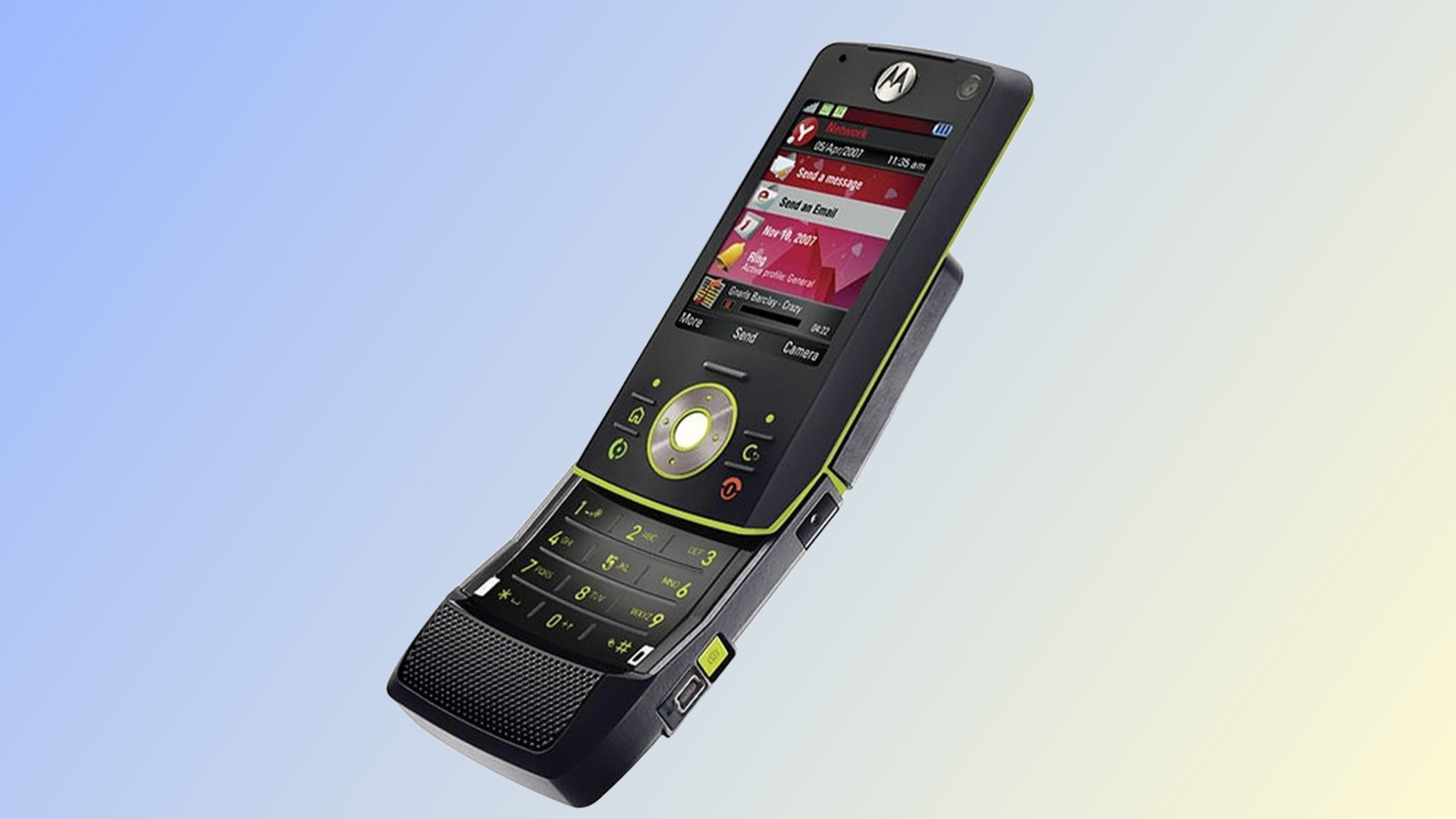
While virtually everyone else considers the legendary Moto Razr V3 the best Motorola phone of the 2000s, my favorite is the obscure Motorola Rizr Z8. While not the champion in terms of performance, features, or multimedia prowess, the compact Rizr Z8 is among my favorites due to its unique implementation of the Symbian UIQ user interface, which ditched a touch screen in favor of a large, round navigation control pad.
Navigating the phone is very enjoyable, with the only downside being its less-than-stellar performance. Unfortunately, the lack of a touch screen made most third-party apps nigh unusable. That didn’t matter to the teenage me who loved Rizr Z8’s unique interface and sleek design.
Its slider form factor was another highlight. The phone would curve inward when you slide it open, allowing for a more natural shape when taking calls. Despite its shortcomings and style-over-substance philosophy, the Rizr Z8 remains one of my favorite smartphones of the pre-Android era.
7
HTC TyTN II
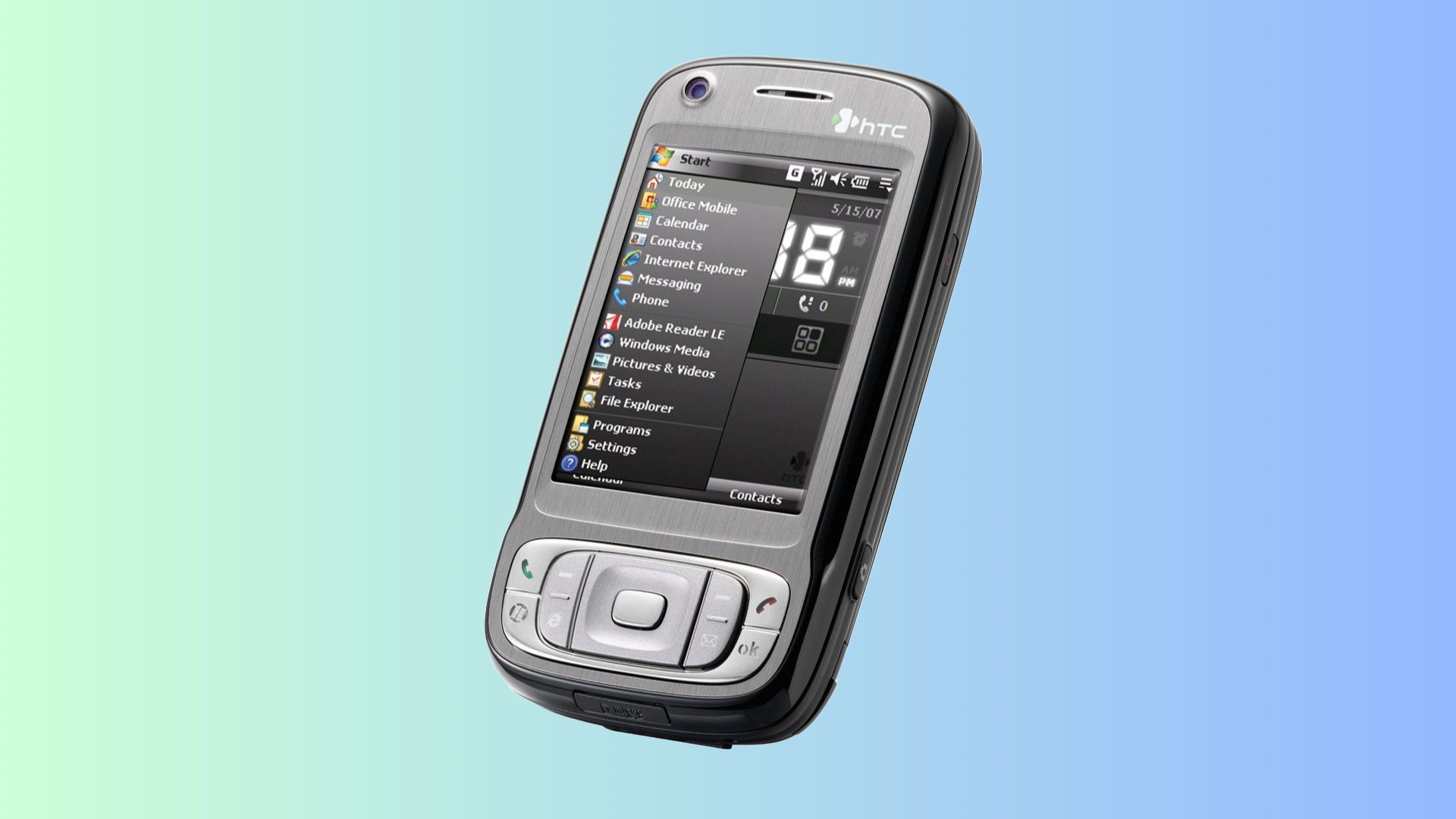
The HTC TyTN II was a successor to the successful HTC TyTN. I fell in love with it, and HTC in general, the moment I laid my eyes on its chunky body. I knew that I’d never be able to afford it, but that didn’t stop me from admiring it from afar.
Its thick body hosted impressive hardware. A Qualcomm SoC packing one of the earliest Adreno GPU iterations, a 3.15MP camera, a front-facing video call camera, and a massive 2.8-inch screen made the TyTN II a proper multimedia powerhouse. Other features found under the bonnet included GPS, Wi-Fi, a full QWERTY keyboard, and a whopping 128MB of RAM, which was needed to support the breadth of features.
The Windows Mobile 6.0 operating system was the dullest part of the package. HTC jazzed things up a bit with its custom home screen design, but the general user interface was a tad dated and boring.
Nevertheless, the TyTN II left me impressed and introduced me to HTC, my second favorite smartphone brand ever.
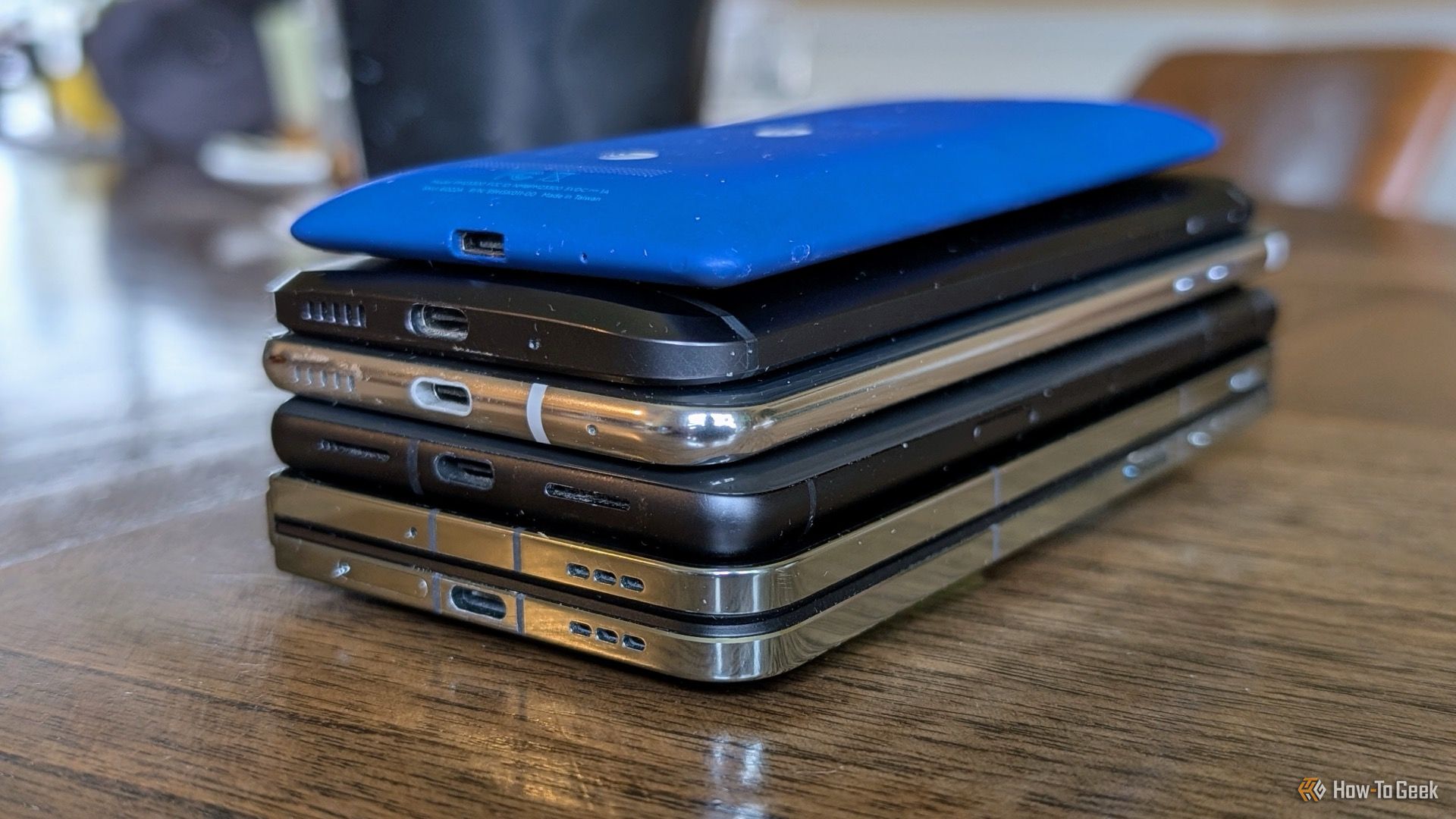
Related
I’ve Reviewed Smartphones Since 2012, Here Are 5 of My Favorites
It’s time to play favorites.
8
HTC Touch Diamond
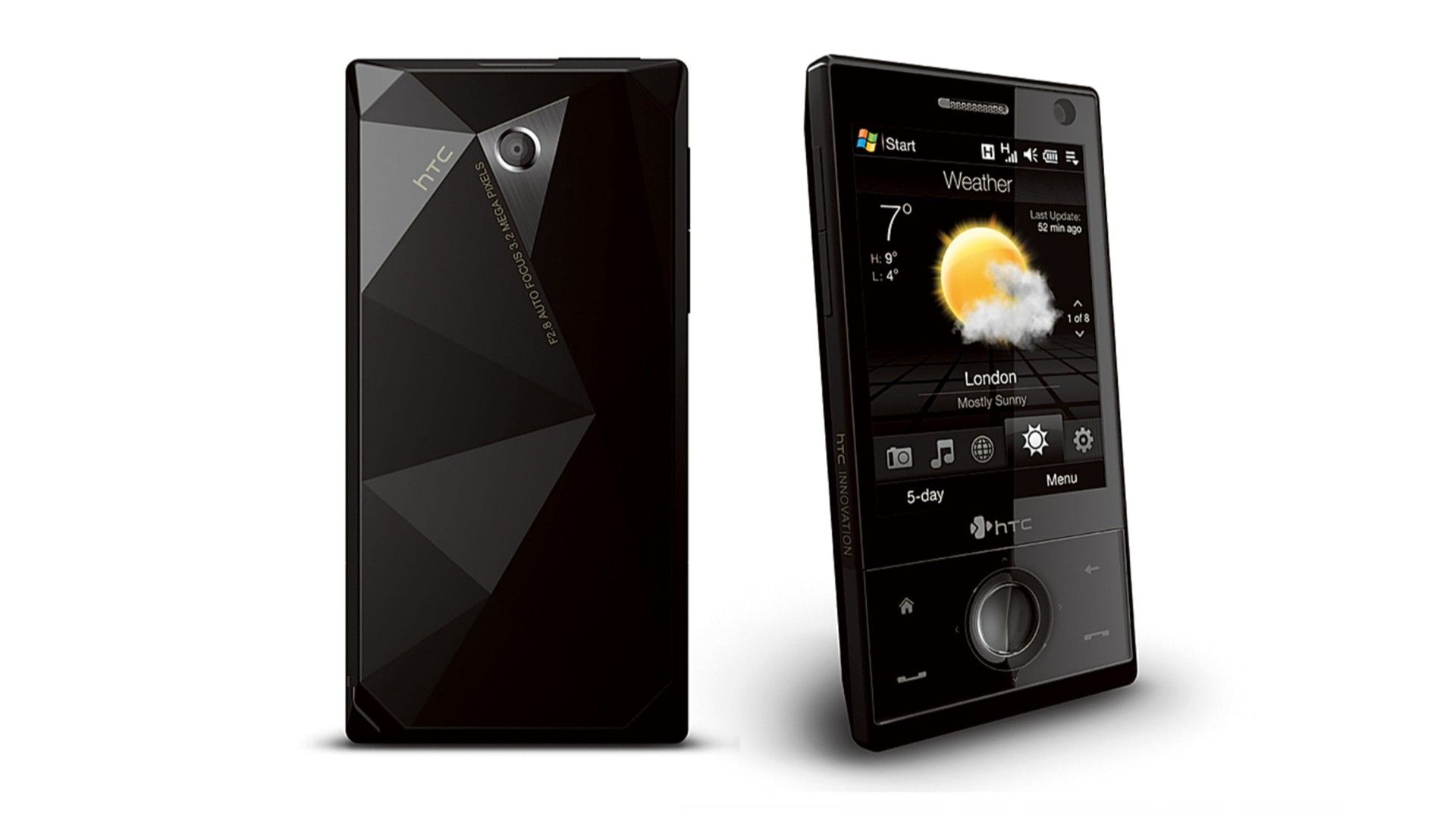
The HTC Touch Diamond was HTC’s answer to the iPhone. Gone was the slider keyboard, and the passé Windows Mobile interface was replaced by the touch-optimized (hence the name) TouchFLO 3D user interface, which would evolve into SenseUI just a year later.
The Touch Diamond packed beefier hardware than the TyTN II, but the focus here was on the unique angular design and TouchFLO 3D that made the phone stand out from the pack. I remember holding it for the first time, and, man, TouchFLO 3D really was something. The gorgeous 480 x 640 screen also played a part in making the UI shine.
The signature clock widget, which would become a staple on every subsequent HTC phone, was placed front and center. You could access other tabs simply by swiping your finger or tapping the thumbnails at the bottom of the screen, each featuring different apps, removing the need to visit the dated Windows Mobile interface hiding under the surface.
9
Sony Ericsson Xperia X1
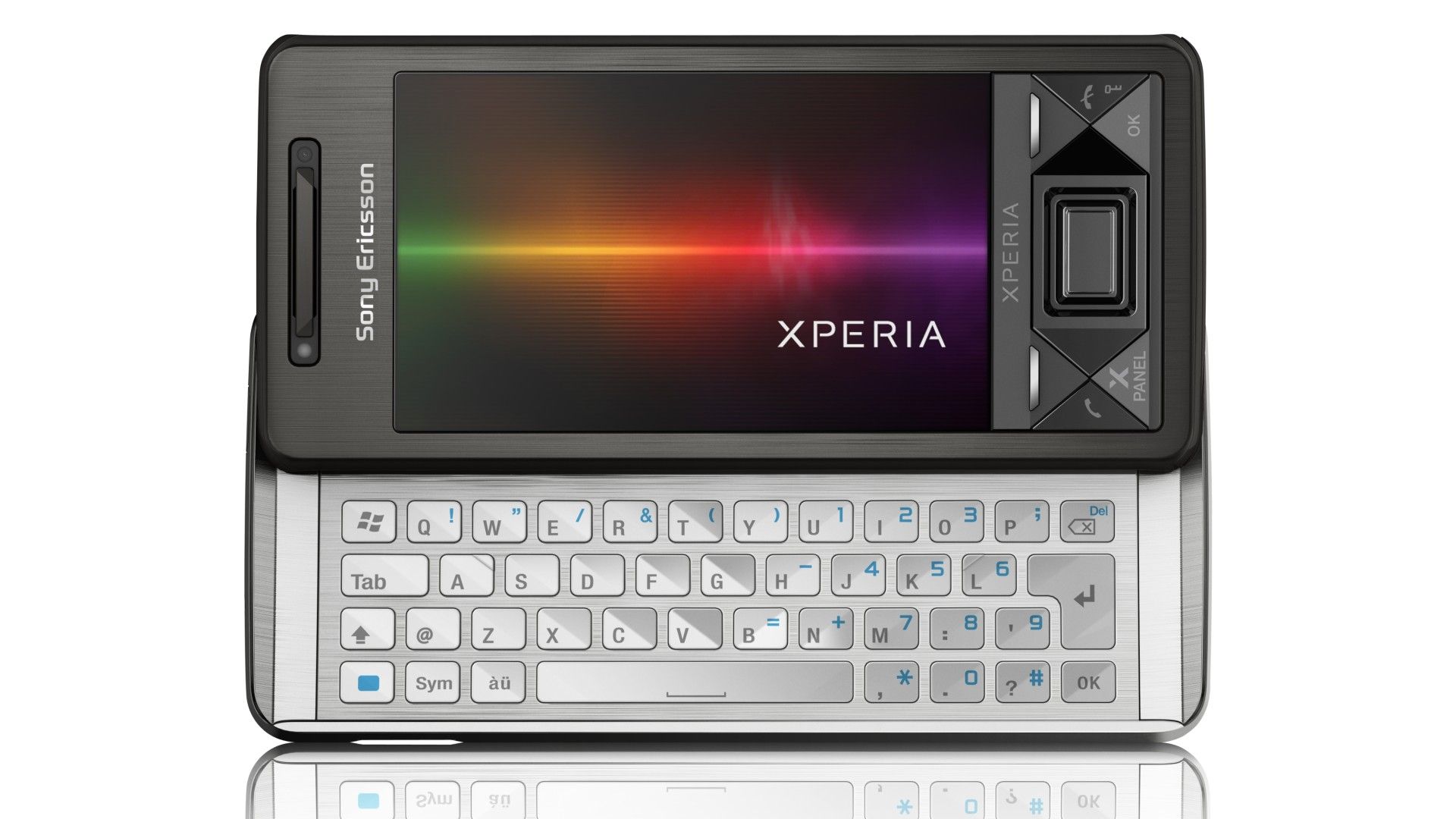
The Xperia X1 sure was a looker. Released about half a year after the HTC Touch Diamond, in October 2008, it would become my next “I can’t afford it, but that won’t stop me from obsessing over it” darling.
The 3-inch, 480 × 800 screen delivered Retina-like image quality several years before the iPhone 4 introduced the first official Retina display. Powering it all was the Qualcomm MSM7200 SoC that would later find its way into some of the early Android favorites, such as the HTC Hero and the first Samsung Galaxy.
The display hosted Sony Ericsson’s answer to the iPhone’s touch-only UI called X panels. Similarly to HTC’s TouchFLO 3D, the Xperia Panels UI attempted to bring Windows Mobile into the touch era, with moderate success.
The Xperia X2, Sony Ericsson’s second and final foray into Windows Mobile, was released in early 2010, followed by the company’s first Android handset, the Xperia X10. Out of the three, the Xperia X1 is the only one that still holds a special place in my heart thanks to its breathtaking design and ridiculously powerful hardware.
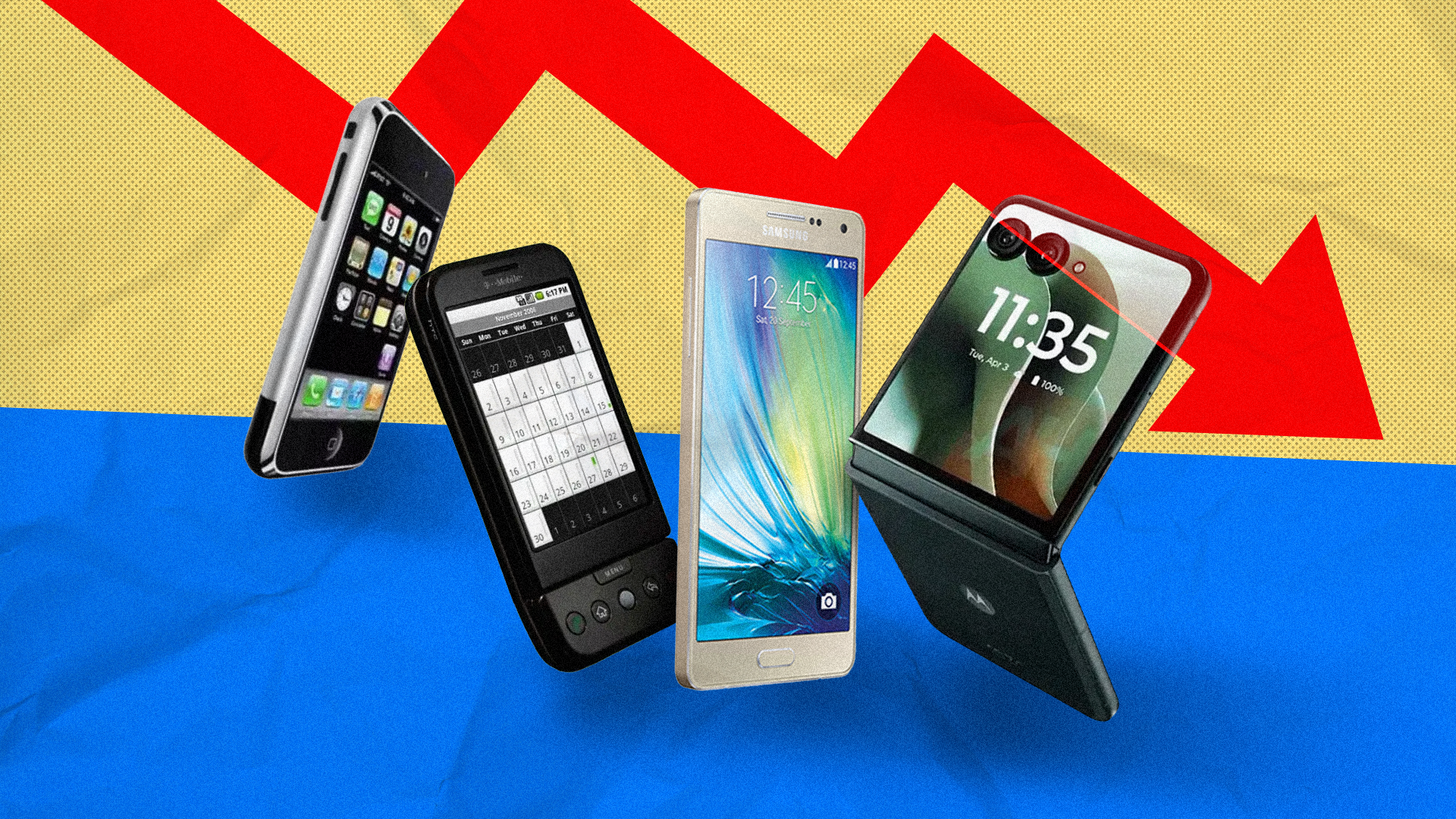
Related
8 Ways Smartphones Have Become Worse Over the Years
It’s evolving, just backwards.
10
HTC HD2
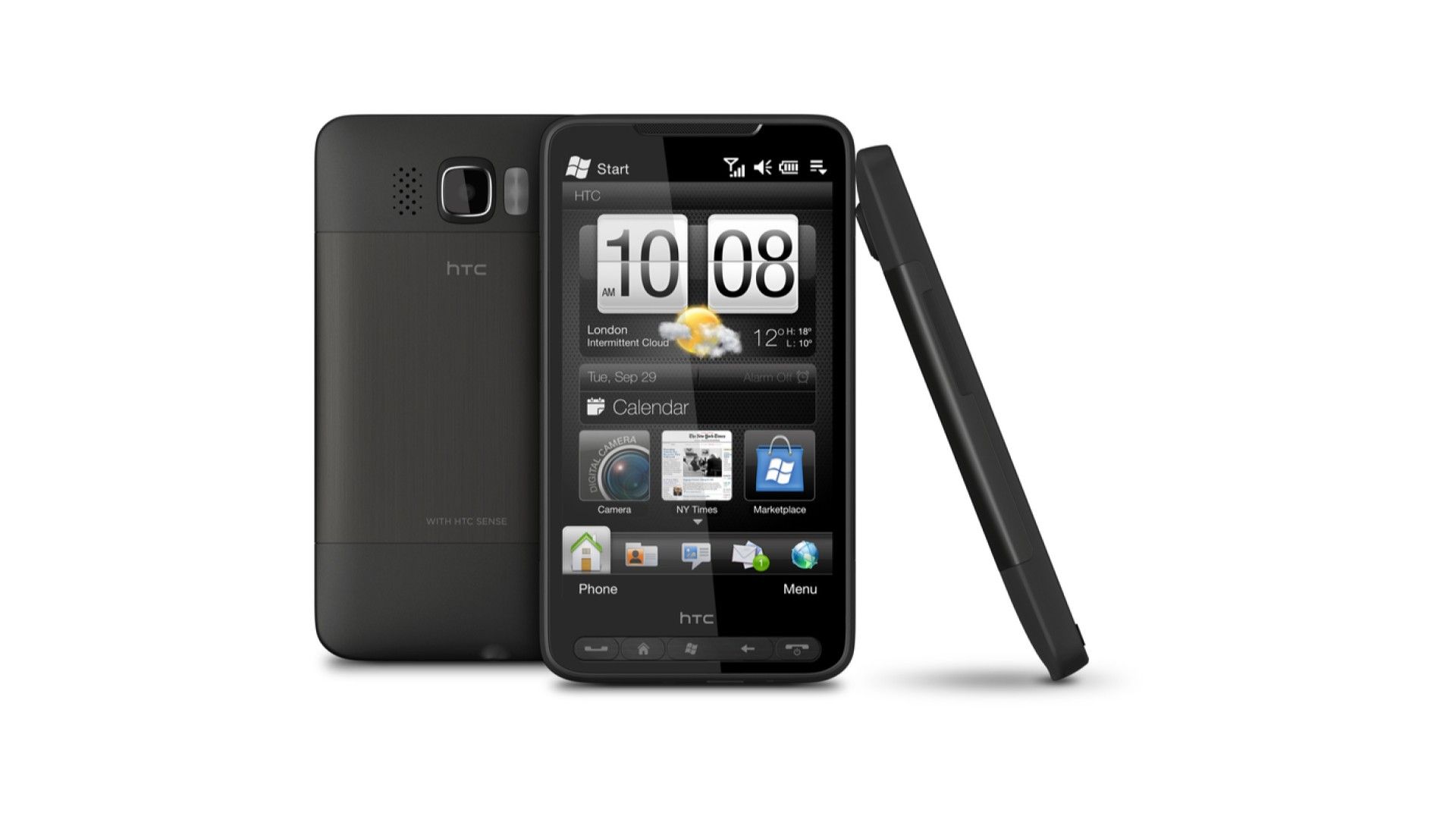
HTC’s Windows Mobile magnum opus, the HD2, is one of the best smartphones ever and among my three favorite smartphones of the 2000s (the other two are the Nokia 6600 and the Sony Ericsson W950).
Everyone knew that the HD2 was something special right out of the gate. The bold design, dominated by a massive 4.3-inch screen and accentuated by a selection of physical keys at the bottom, put the focus on HTC’s famous SenseUI.
Under the hood was the first Snapdragon SoC from Qualcomm, a venerable beast made of a 1GHz Scorpion CPU and an Adreno 200 GPU. At the rear, you’d find a 5MP camera with dual-LED flash capable of recording 480p videos at 30 frames per second. Lastly, the phone came with 448MB of RAM but only 512MB of storage, its biggest flaw. At least you could expand storage with microSD cards.
The first iteration of SenseUI rekindled the tech world’s interest in the then-aging Windows Mobile platform. HTC, not Windows, transformed Windows Mobile into something that could fully match the touch-friendliness of iOS and Android. But Windows Mobile was only the beginning.
Over the years, the homebrew community has managed to make the HD2 run Android, Windows Phone 7, Ubuntu, and even Windows RT, a version of Windows 8 specifically designed for ARM devices. The HD2 has remained one of HTC’s most recognized phones—and, hands down, the best Windows Mobile device of all time.
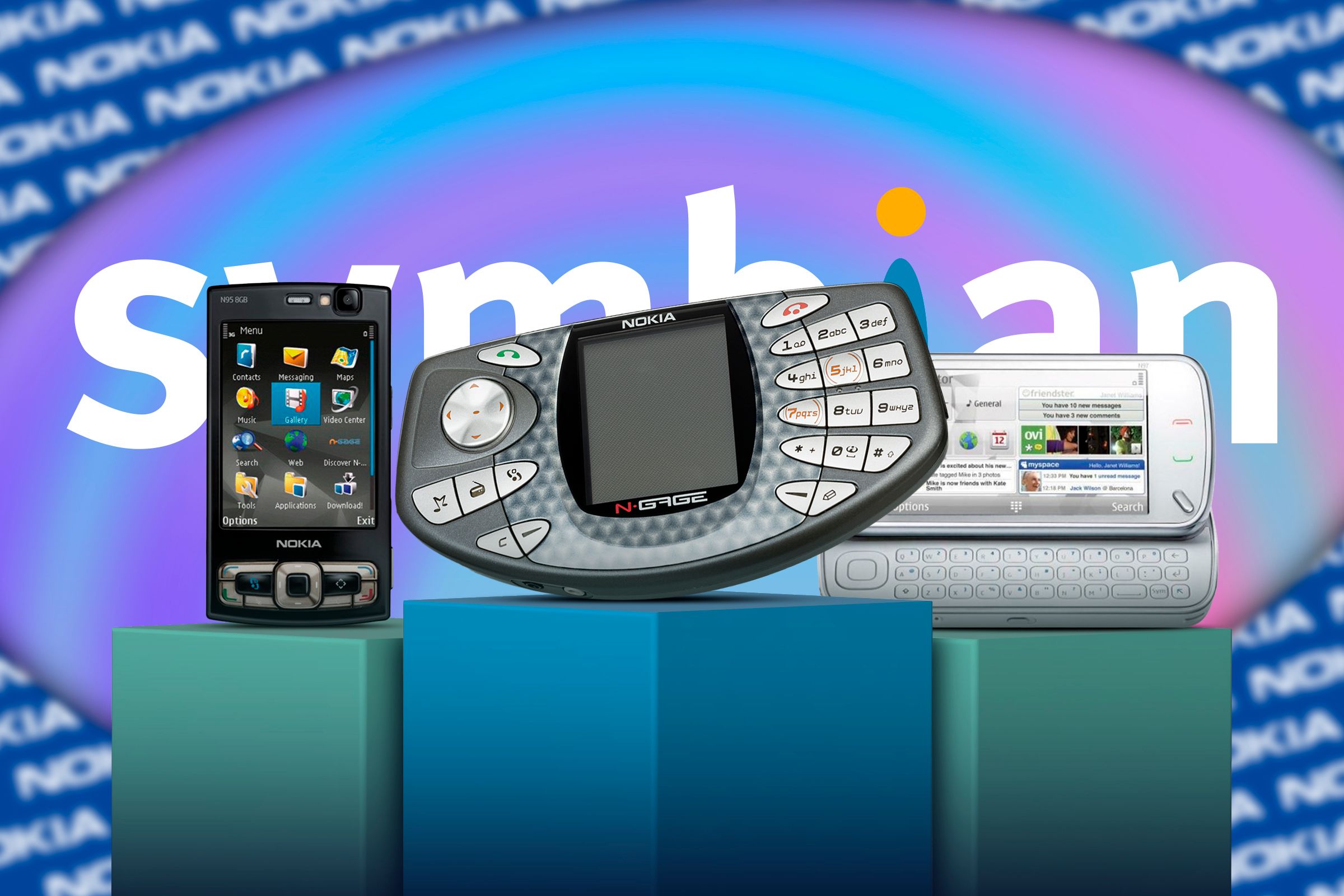
Related
The 10 Greatest Nokia Symbian Phones in History
Back to the times of Symbian S60’s splendor.








